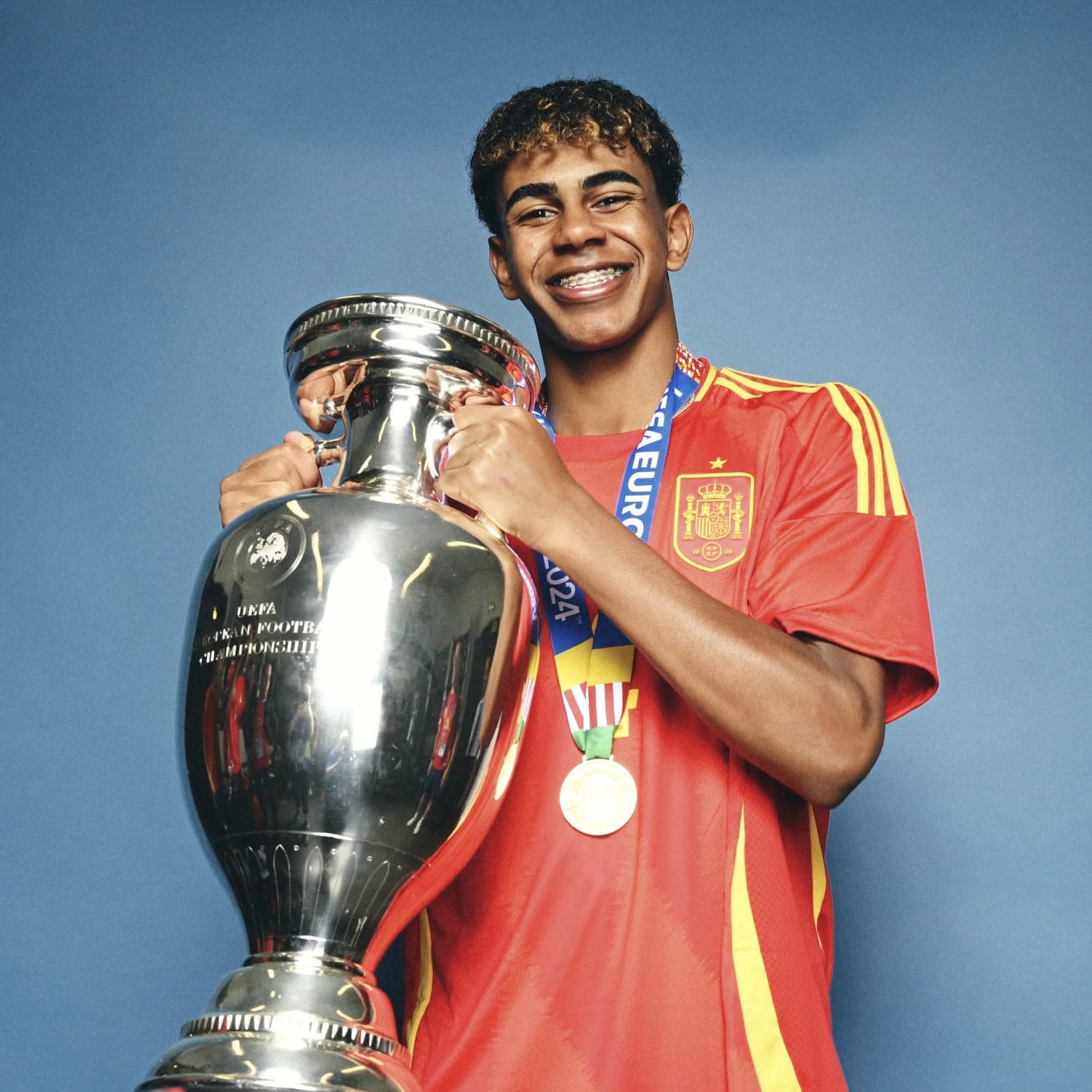You know, for the last couple of months, I’ve been hammering away at something that really bugs me: the endless noise around football predictions. Every pundit on TV just repeats the same old crap about historical performance. But football isn’t history class. It’s about who’s showing up right now. I decided I needed to settle this Nations League debate for myself, not just for clicks, but because my pride was on the line after losing a stupid bar bet to my neighbor, Gary, who thinks England is winning everything. So, I blocked out a whole weekend and treated this like a deep-dive research project, documenting every step.

The Initial Sweep: Throwing Out the Noise
My first step? I threw out all the pre-tournament hype. I didn’t care what the odds makers said initially. I just focused on the four finalists: Netherlands, Croatia, Spain, and Italy. I needed fresh, unbiased data. But I didn’t mean complex xG metrics. I meant watching the last three competitive games for each team, specifically looking for fatigue and mental stability.
- I started with Italy. Their recent qualifying was rough, scrappy wins mixed with puzzling losses. They’ve got the technical quality, sure, but their coach seems to still be figuring out the best blend of veterans and new blood. They looked disjointed in the final third. I marked them as the ultimate wildcard. If they click, watch out, but they looked too reliant on individual moments of brilliance, which doesn’t win tournaments.
- Next up, I looked at Spain. They are always frustratingly good until they reach the final pass. Tons of possession, great midfield control. But I noticed something crucial: they kept getting rattled when pressed high. Their defenders looked exposed against quick transitions. They are young, hungry, and full of talent, but do they have the steel required to close out a tough final? My gut said ‘maybe not.’
I realized quickly that this wasn’t going to be about who had the biggest stars, but about team unity and defensive organization. This is where the process started to get interesting.
Phase Two: Unpacking Squad Depth and Coaching
After my initial visual sweep, I dove into squad logistics. Injuries, substitutions patterns, and how comfortable the bench players looked. This is often where tournaments are won and lost—not by the starting XI, but by the guy who comes off the bench in the 70th minute.

I focused hard on the two remaining teams: Netherlands and Croatia. These two presented the most compelling case studies in stability versus underdog spirit.
- I scrutinized the Netherlands first. They have world-class defenders (Van Dijk, De Ligt), a strong holding midfielder, and crucially, they have depth on the wings. They looked incredibly solid through the qualifiers. What convinced me about them was their pragmatic approach. They don’t try to play beautiful, sweeping football for 90 minutes. They manage the game. They score, then they lock it down. That resilience is gold in tournament play. I checked their recent player fitness, and they seemed mostly clear, key players were in good domestic form.
- Then I examined Croatia. What can you say about Modrić? He’s eternal. But eternal legs don’t win tournaments alone. I watched their games and realized they operate on sheer willpower and an incredible midfield engine. They look exhausted by the 65th minute, but then somehow rally. The problem? Their backline is aging, and while they have great central midfielders, their forward line often lacks that killer instinct. They rely heavily on penalties or late-game chaos. They are the ultimate tournament grinders, but I worried the semifinals might just be too taxing for them, especially against the younger squads.
This deep scrutiny allowed me to filter down the real contenders. I tossed out the historical reputation and focused purely on current momentum and internal squad health. The coaching factor also played a huge role—the Dutch management seemed calm, while the others showed a little more nervous tinkering.
The Final Calculation: Naming the Favorites
After spending about 15 hours straight watching highlights, checking domestic form logs (ignoring the goals, just looking at minutes played and fitness reports), and mentally comparing potential matchups, the picture became crystal clear.
My methodology led me to two top picks, but only one could be the solid favorite:

The Dark Horse Threat: Croatia. If they manage to navigate the first match without relying too much on extra time, they could easily surprise everyone. Their mental toughness is unmatched. But I wouldn’t bet the house on them; their lack of goalscoring depth is a huge problem.
The Strong, Stable Favorite: Netherlands. This is where my money lands. Why? Because they have the best balance. They have a stout defense that can handle pressure, a midfield that controls tempo, and just enough attacking power to get the necessary goals. They don’t panic, they manage expectations, and they seem to have eliminated the major mistakes that plagued them a few years ago. In a short knockout tournament, stability trumps flair every single time. They look like a machine built specifically for this format.
I finished my research feeling confident. I immediately texted Gary, explaining, in painful detail, why the Dutch machine was going to roll over everyone. He still hasn’t replied, but that’s fine. I’ve got the documented proof of my process right here. Now we just wait for the whistle.
